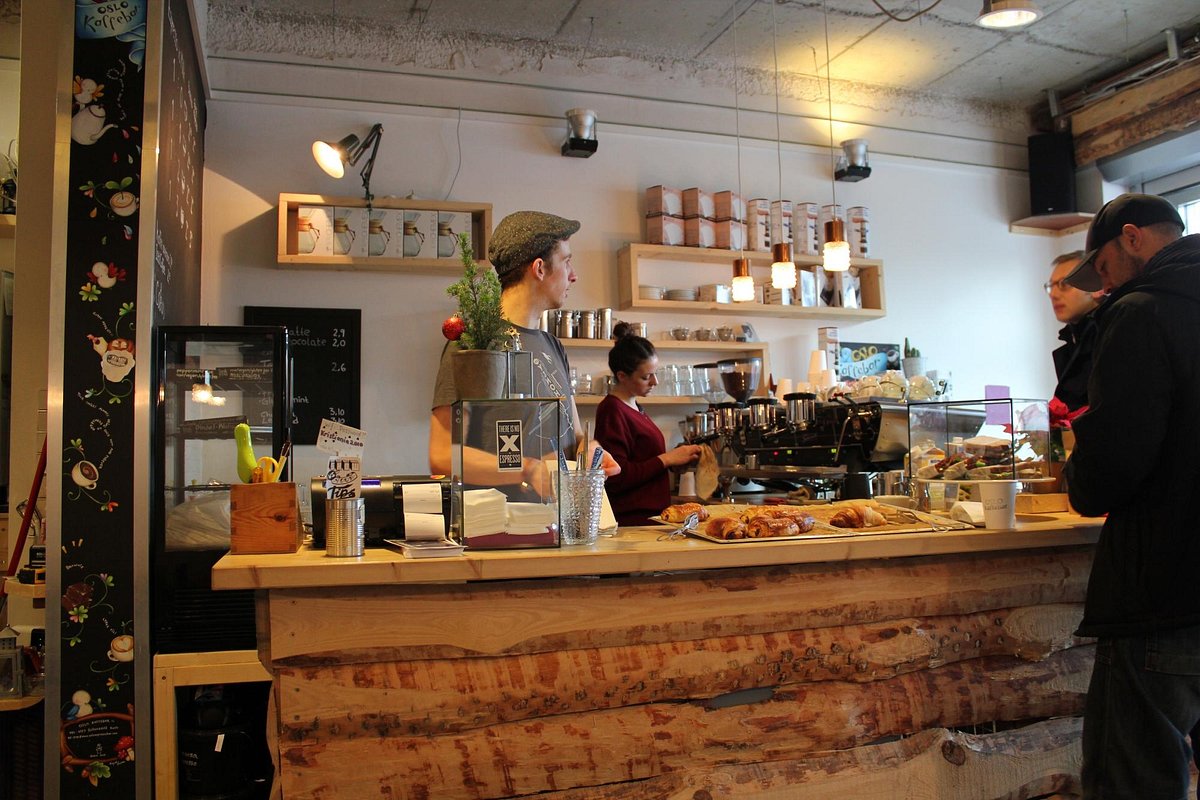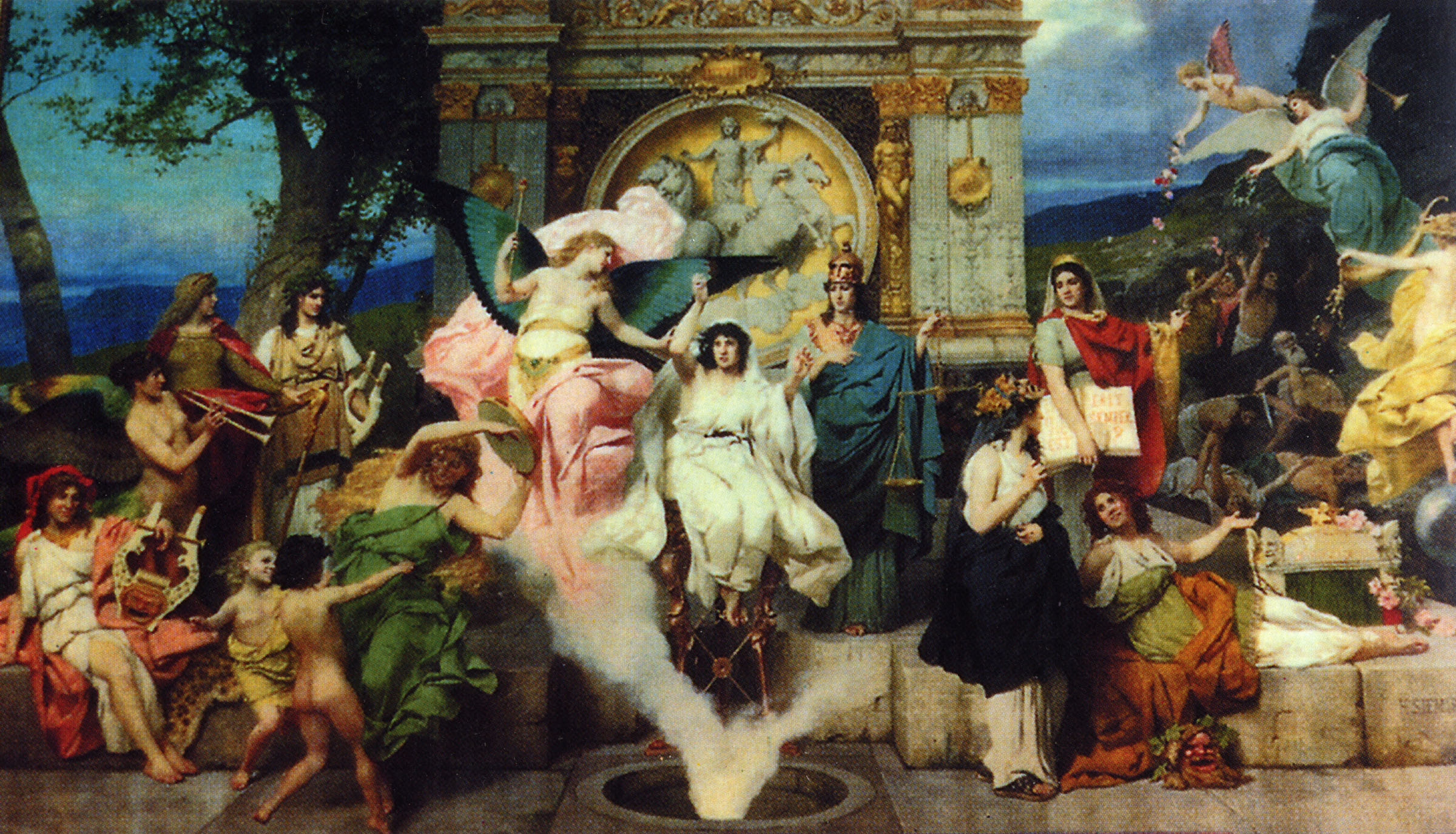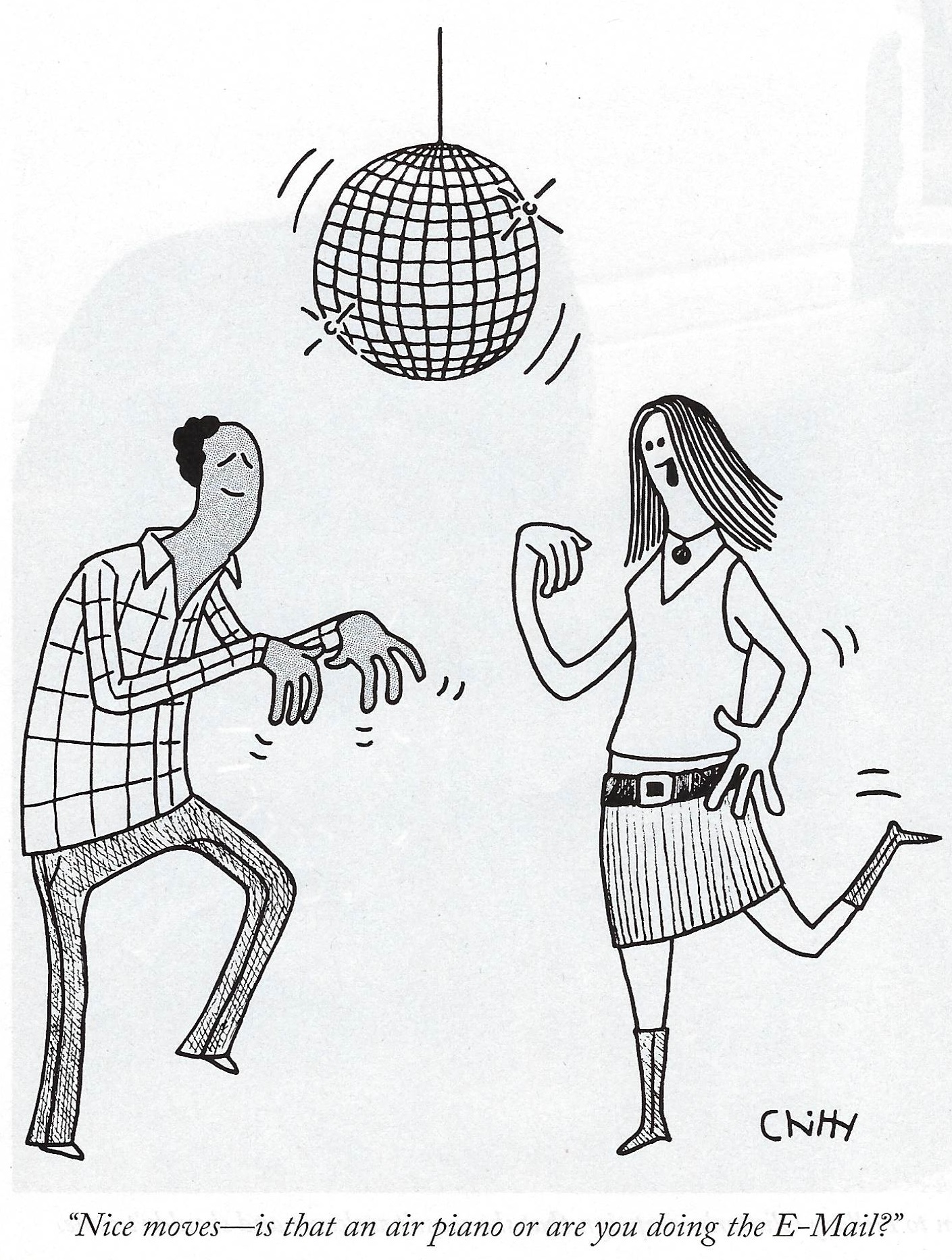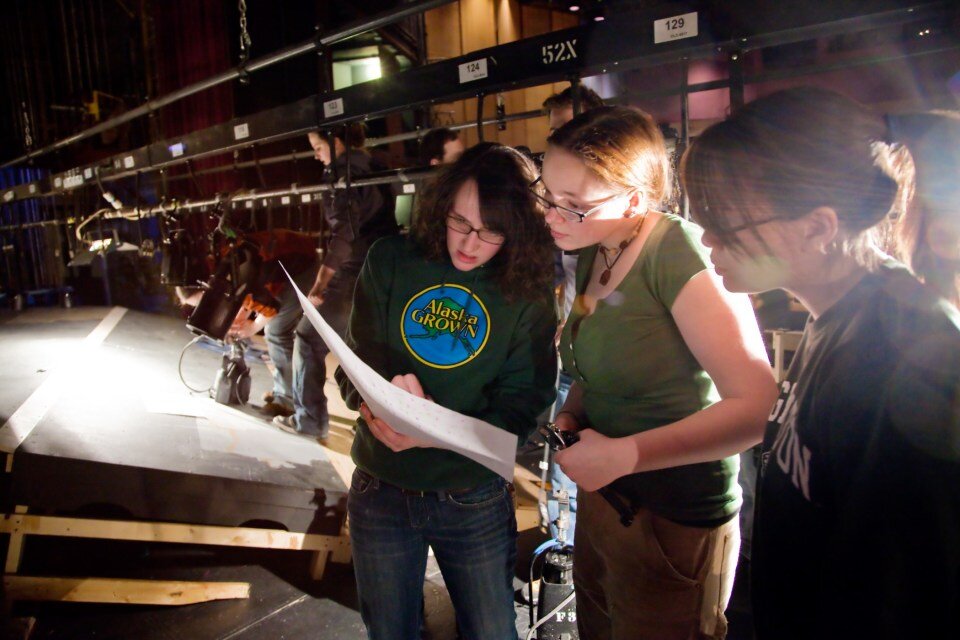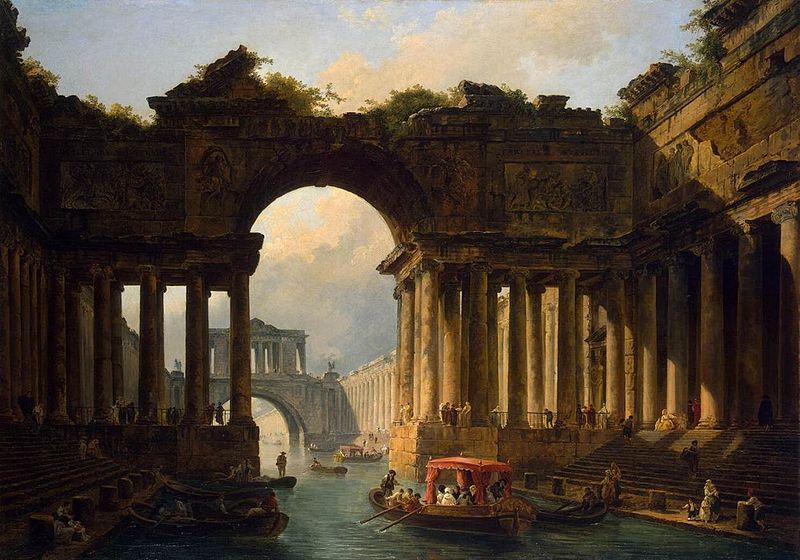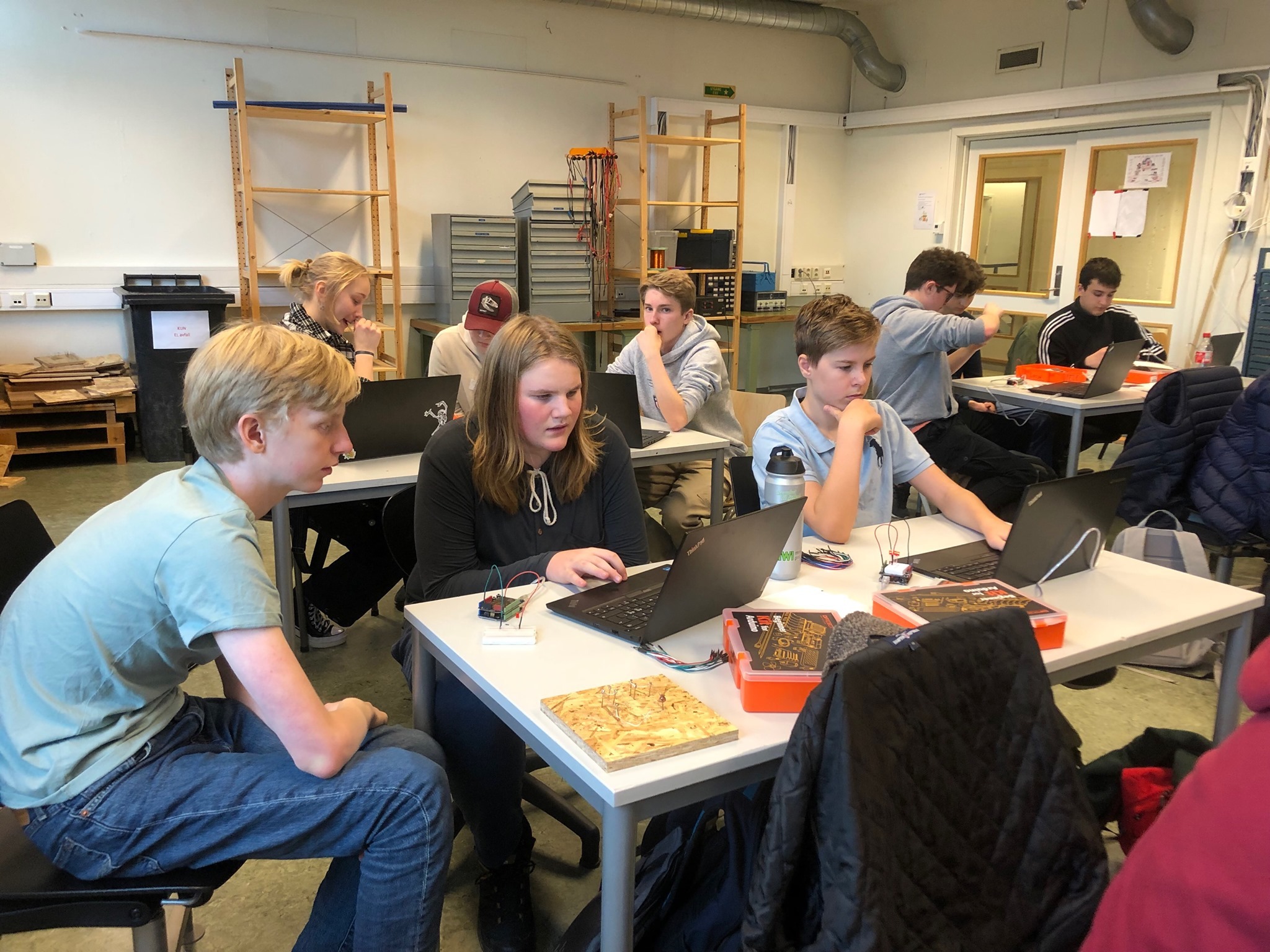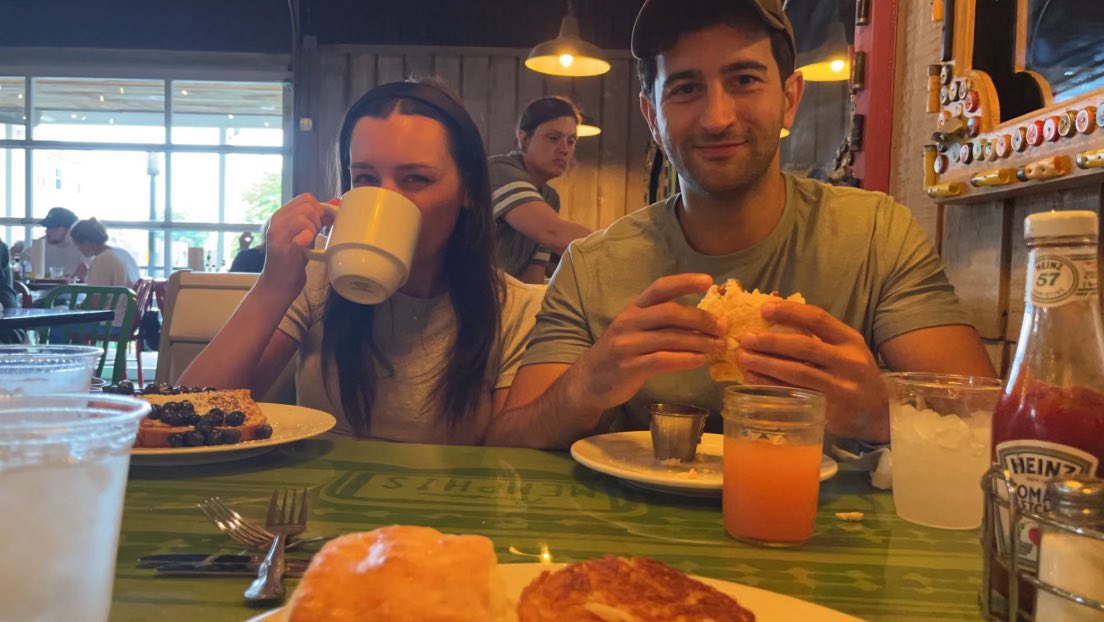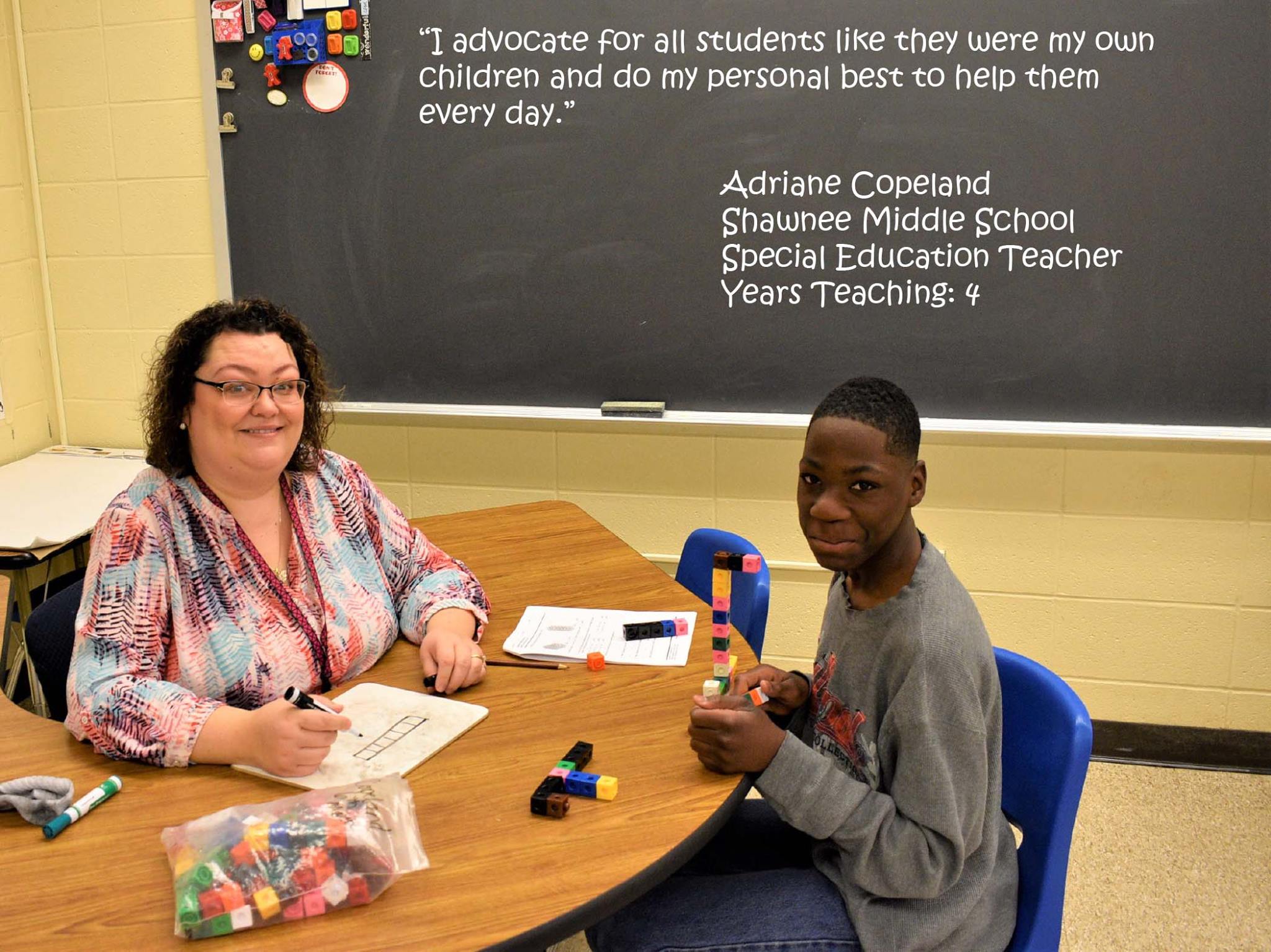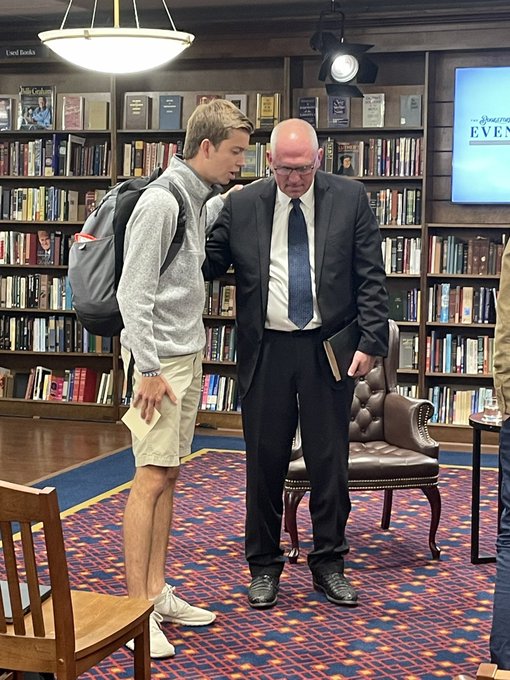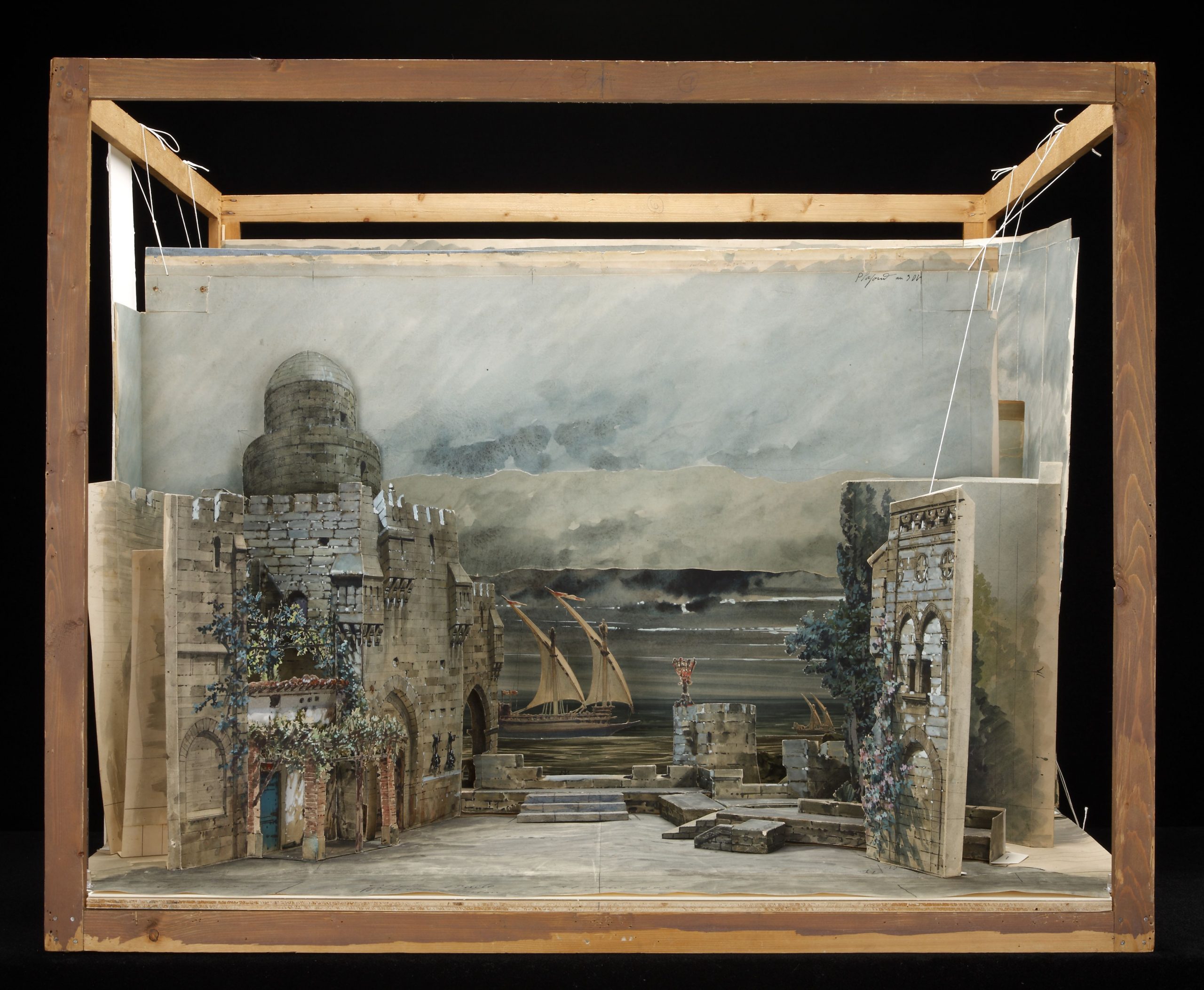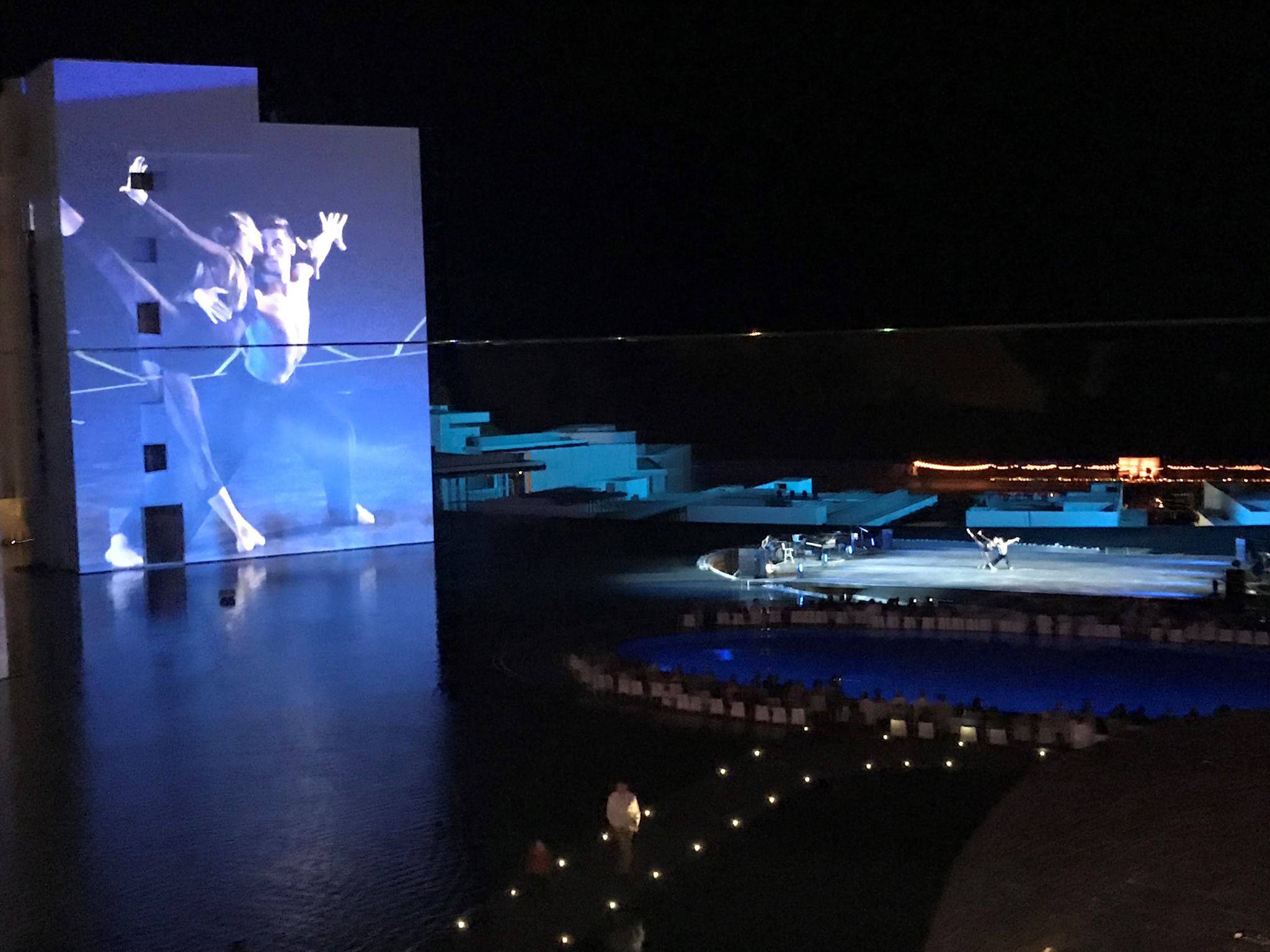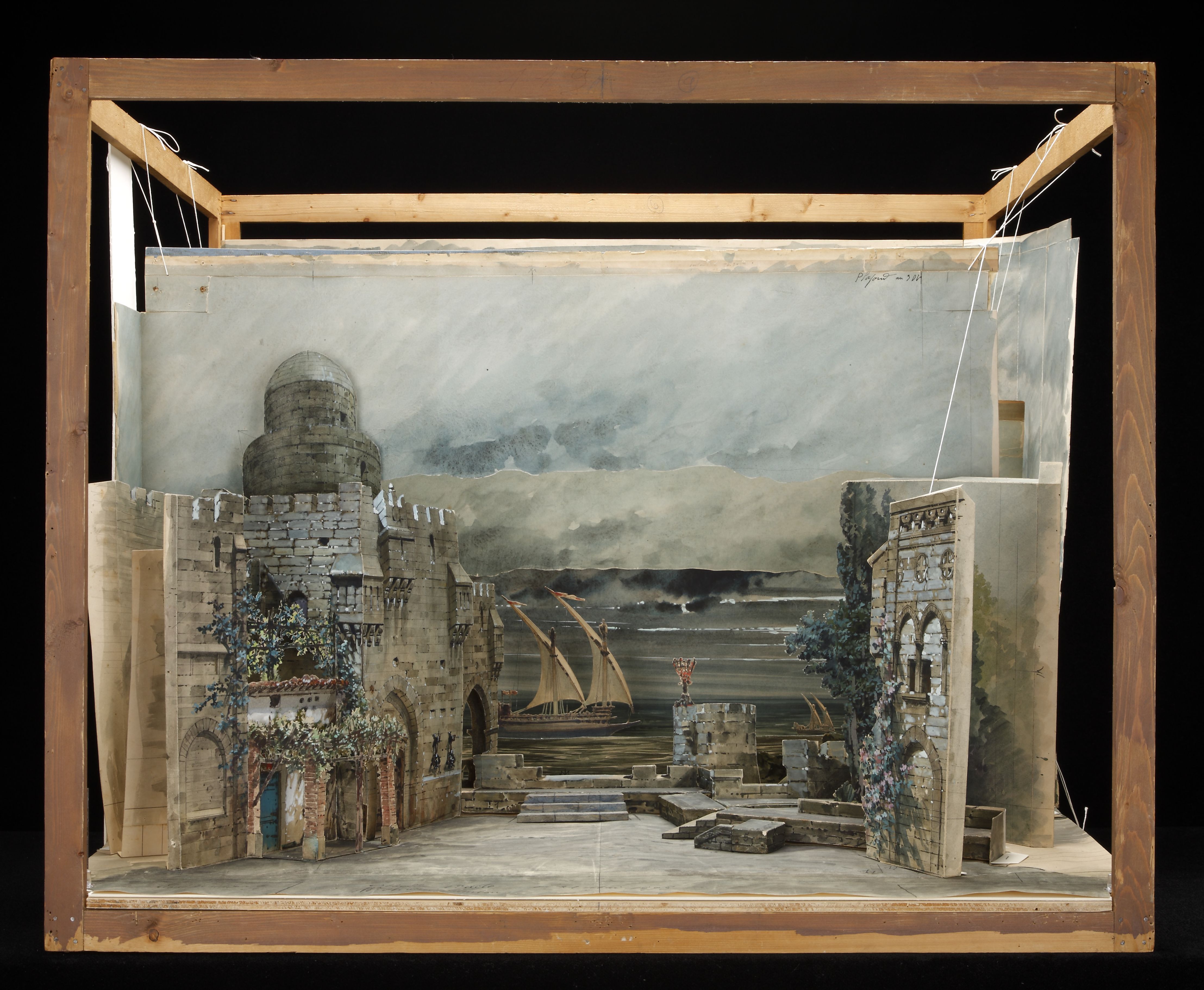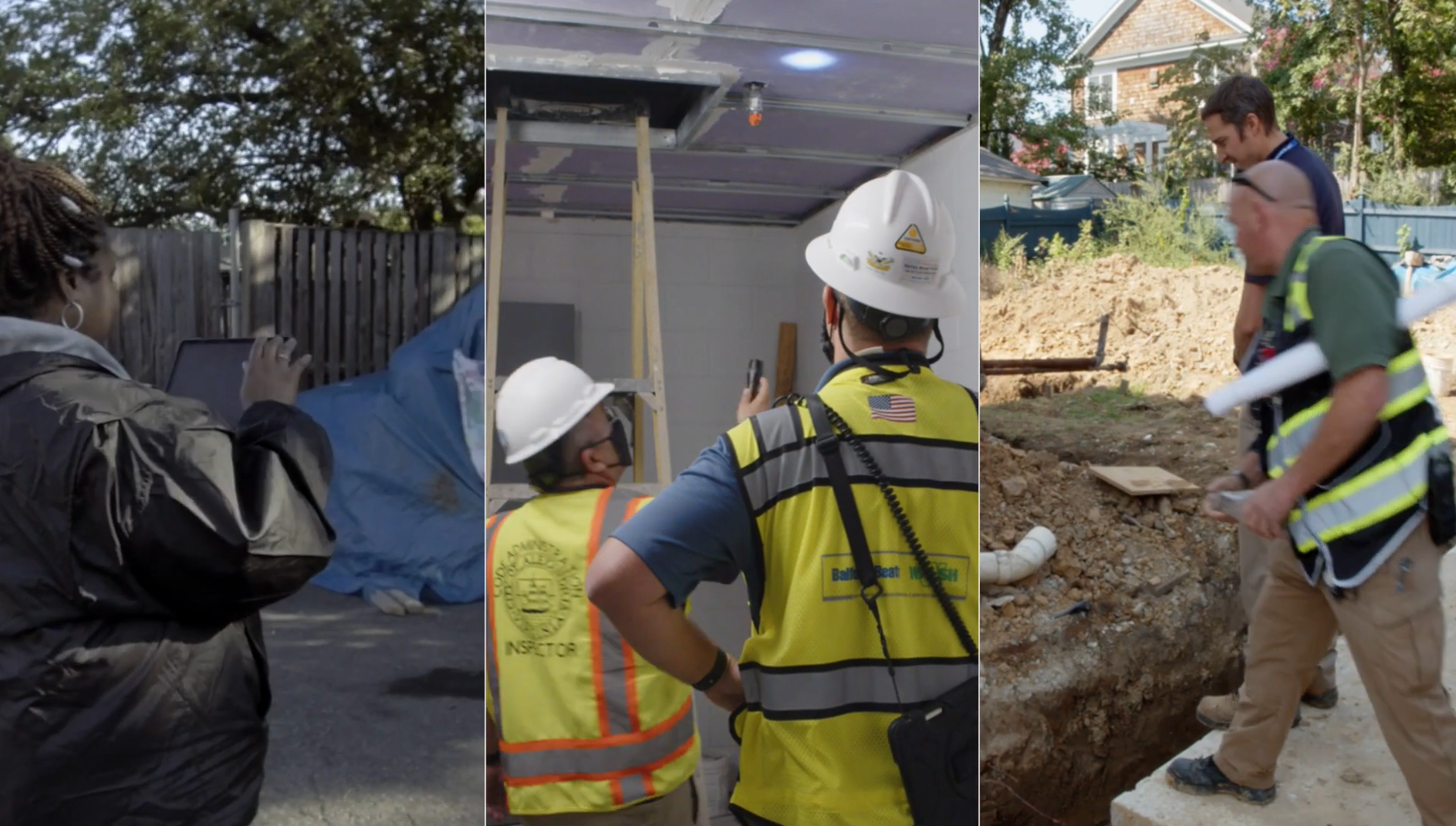Coffee and cardiovascular disease: From epidemiological to etiological perspective | Ulsaker, Hilde
Author Archives: mike@standardsmichigan.com
- Home
- Articles posted by mike@standardsmichigan.com

Lively Arts 300
The term “lively arts” is often attributed to American writer and poet James Thurber. It was popularized in the mid-20th century as a way to describe various forms of performing arts, such as theater, dance, music, and other creative expressions.
“What art is, in reality, is this missing link, not the links which exist.
It’s not what you see that is art; art is the gap”
— Marcel Duchamp
Today we refresh our understanding of the literature that guides the safety and sustainability goals of lively art events in educational settlements. Consortia have evolved quickly in recent years, leading and lagging changes in the content creation and delivery domain. With this evolution a professional discipline has emerged that requires training and certification in the electrotechnologies that contribute to “event safety”; among them:
ASHRAE International
Standard 62.1: This standard establishes minimum ventilation rates and indoor air quality requirements for commercial buildings, including theaters and auditoriums.
Standard 55: This standard specifies thermal comfort conditions for occupants in indoor environments, which can have an impact on air quality.
Audio Visual and Experience Association
Entertainment Services and Technology Association
Set design model for Giuseppe Verdi’s Otello, created for a Paris production in 1895@GallicaBnF
print(“Lively Arts”)https://t.co/93JWrmLwPh pic.twitter.com/RRxuzmGT4r— Standards Michigan (@StandardsMich) December 10, 2021
The Johnny Carson School of Theatre & Film commits to the philosophy that students of the lively arts must be provided w/ practical skills for employment in industry &
educational settings.https://t.co/DRe7qWJKgW@NebCarsonSchool
Print(“Lively”) #StandardsNebraska pic.twitter.com/7K8zfXYlZj— Standards Michigan (@StandardsMich) February 4, 2022
International Code Council
International Building Code: Section 303.2 Assembly Group A-1
Illumination Engineering Society
RP-16-17 Lighting for Theatrical Productions: This standard provides guidance on the design and implementation of lighting systems for theatrical productions. It includes information on the use of color, light direction, and light intensity to create different moods and effects.
RP-30-15 Recommended Practice for the Design of Theatres and Auditoriums: This standard provides guidance on the design of theaters and auditoriums, including lighting systems. It covers topics such as seating layout, stage design, and acoustics, as well as lighting design considerations.
DG-24-19 Design Guide for Color and Illumination: This guide provides information on the use of color in lighting design, including color temperature, color rendering, and color mixing. It is relevant to theater lighting design as well as other applications.
National Center for Spectator Sports Safety and Security
National Fire Protection Association
Life Safety Code
National Electrical Code
Articles 518-540: Arenas, Lecture Halls & Theaters
Society of Motion Picture Technology Engineers
Professional Lighting and Sound Association
Dance and Athletic Floor Product Standards: ASTM F2118, EN 14904, DIN 18032-2
Incumbent standards-setting organizations such as ASHRAE, ASTM, ICC, IEEE, NFPA have also discovered, integrated and promulgated event safety and sustainability concepts into their catalog of best practice titles; many already incorporated by reference into public safety law. We explore relevant research on crowd management and spectator safety.
“Art is anything you can get away with” — Marshall McLuhan
More
International Code Council (N.B. Changes to its Code Development Process)
International Building Code: Entertainment Occupancies
Section 410: Stages, Platforms and Technical Production Areas
National Electrical Code: Articles 518 – 540
Code-Making Panel 15 (NEC-P15): Public Input Report 10/1/2020
Code-Making Panel 15 (NEC-P15): Public Comment Report 11/18/2021
ASHRAE 62.1 Ventilation for Acceptable Indoor Air Quality
Princeton University: Set Design & Construction
Building the Virtual Stage: A System for Enabling Mixed Reality Theatre
University of California: Special Effects Safety and Loss Prevention
Building Construction Management
The construction industry is one of the largest employers in any community. Many labor unions in the United States support construction of education facilities. The so-called “multiplier effect” cited by economists means that when you add one person working in the construction industry you create two additional jobs in other sectors. With an annual construction spend of $75-10 billion, the education industry contributions mightily to the economy of host communities. Any spend at that rate — the largest non-residential building construction in the United States — presents opportunity higher effectiveness and better profitability for all sides involved in a construction project just by doing a few simple things well:
- Provide general terminology; especially important when equipment (fenestration, environmental air systems, elevators, generators) originate from offshore manufacturers
Organization of information in the processes of design, manufacture and construction - Provide geometric requirements for buildings, building elements and components including modular coordination and its basic principles, general rules for joints, tolerances and fits, performance and test standards for sealants;
- Provide general rules for other performance requirements, including functional and user requirements related to service life, sustainability, accessibility and usability;
Procurement processes, methods and procedures.
A paradigm shift is is well underway in the use of building information. Improved capital efficiency can be achieved with better data handling and information flows between project actors; falling into the wheelhouse of ISO TC 59; described in the links below:
STRATEGIC BUSINESS PLAN ISO/TC 59
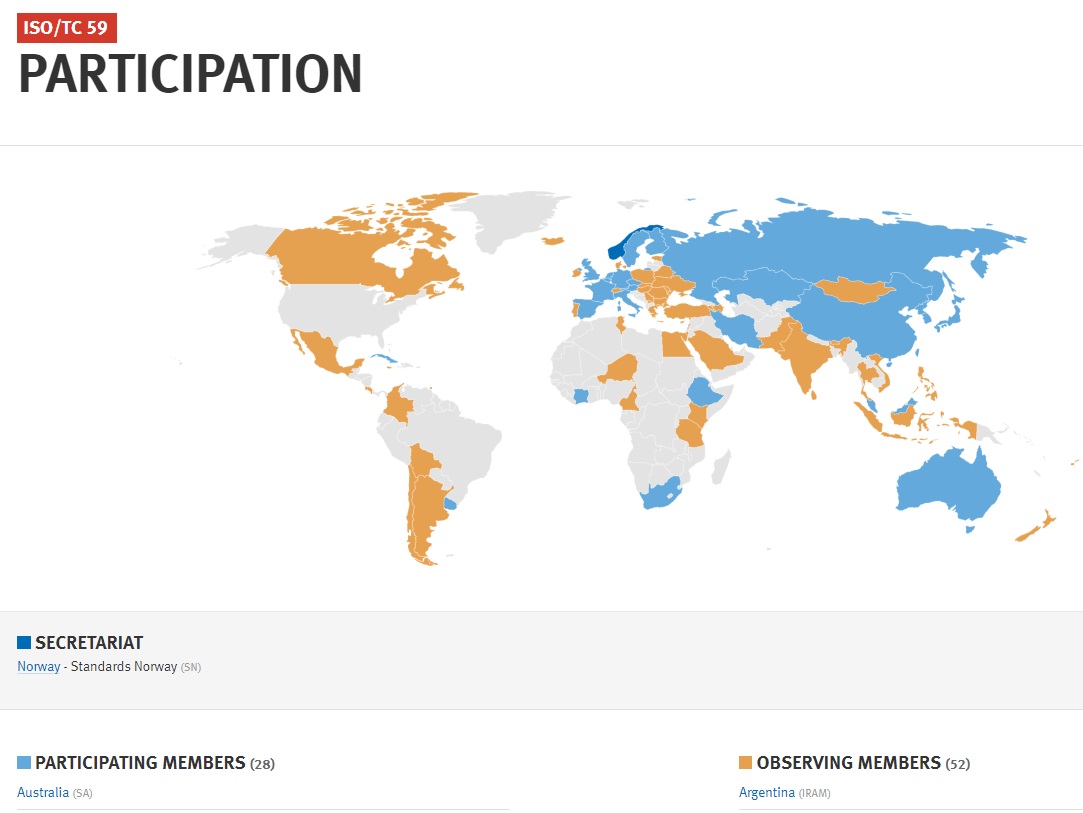
CLICK ON IMAGE | Norway is the Global Secretariat | ASTM International is ANSI’s US Technical Advisory Group Administrator
While parts of the scopes of various subcommittees may already be familiar to construction professionals — Building Information Modeling (BIM), for example — the bulk of the work product remains fairly high-level. We will keep an eye on it.
You may do so on your own by communicating directly with ANSI’s ISO Team and/or either of ANSI’s US Technical Advisory Group Administrators:
For TC/59/SC 8 (Sealants)
ASTM International
David Lee / 2128 W Evergreen Ave / West Conshohocken, PA 19428-2959 / Phone: (610) 832-9585 / Email: dlee@astm.org
For TC/59/SC 13 (BIM)
American Society of Heating, Refrigerating and Air-Conditioning Engineers, Inc.
Brian Cox / Training & Safety Office / 30 Hart Street Room 301 / Atlanta, GA 30329 / Phone: (404) 636-8400 / Email: bcox@ashrae.org
Because this topic cuts across all building industry disciplines we maintain this committee’s titles on standing agendas of several colloquia; Construction Spend, E Pluribus Unum, Model Building Code and Global teleconferences. See our CALENDAR for the next online meeting; open to everyone.
Issue: [15-211]
Category: Management
Colleagues: Mike Anthony, Christine Fischer, Jack Janveja, Richard Robben
LEARN MORE:
Quadrivium: Spring
“…O chestnut tree;, great rooted blossomer,
Are you the leaf, the blossom or the bold?
O body swayed to music, O brightening glance,
How can we know the dancer from the dance?”
— Among Schoolchildren, 1933 William Butler Yeats
Norsk grunnlovsdag 17. mai | Norge
United States Patent and Trademark Office: News and Updates
American National Standards Institute: Standards Action
International Electrotechnical Commission
International Organization for Standardization
International Telecommunication Union
2026 National Electrical Code Workspace
2028 National Electrical Safety Code Workspace
We sweep through the world’s three major time zones; updating our understanding of the literature at the technical foundation of education community safety and sustainability in those time zones 24 times per day. We generally eschew “over-coding” web pages to sustain speed, revision cadence and richness of content as peak priority. We do not provide a search facility because of copyrights of publishers and time sensitivity of almost everything we do.
Cognitive Science: An Introduction to the Study of Mind
Our daily colloquia are typically doing sessions; with non-USA titles receiving priority until 16:00 UTC and all other titles thereafter. We assume policy objectives are established (Safer-Simpler-Lower-Cost, Longer-Lasting). Because we necessarily get into the weeds, and because much of the content is time-sensitive and copyright protected, we usually schedule a separate time slot to hammer on technical specifics so that our response to consultations are meaningful and contribute to the goals of the standards developing organization and to the goals of stewards of education community real assets.
Really fun seeing our teachers modifying core curriculum to meet our students needs. Instead of thinking that they can’t, I love how we think of how we can!!! #dg58pride pic.twitter.com/xTGjkjd7DS
— Dr. Jackelyn (@DrCadard) January 24, 2024
![]()
1. Leviathan. We track noteworthy legislative proposals in the United States 118th Congress. Not many deal specifically with education community real assets since the relevant legislation is already under administrative control of various Executive Branch Departments such as the Department of Education.
We do not advocate in legislative activity at any level. We respond to public consultations but there it ends.
We track federal legislative action because it provides a stroboscopic view of the moment — the “national conversation”– in communities that are simultaneously a business and a culture. Even though more than 90 percent of such proposals are at the mercy of the party leadership the process does enlighten the strengths and weakness of a governance system run entirely through the counties on the periphery of Washington D.C. It is impossible to solve technical problems in facilities without sensitivity to the zietgeist that has accelerated in education communities everywhere.
We typically post one federal and one state level consultation or action every day for at least one of the 50-states — in the lower right corner of our home page when most education communities in the United States have begun a new work day. Examples, irregularly linked:
2. National Institute of Standards and Technology (NIST)
Post-Quantum Cryptography Practice Guide (June 8)
Public Consultation on Semiconductor Manufacturing (November 28)
NIST Awards Funding to 5 Universities to Advance Standards Education
NIST Center for Neutron Research: 2022 Outstanding Student Poster Presentation
NIST Report Outlines Strategic Opportunities for U.S. Semiconductor Manufacturing
3. ANSI ISO Business (Many of these projects are normally covered during our Hello World! colloquia
ANSI April 2023 Public Policy Update
ANSI January Report 2023 on ISO, IEC & ITU Work Items
ISO Standardization Foresight Framework | Trend Report 2022
New ISO Subcommittee ISO/TC 197/SC 1 – Hydrogen at Scale and Horizontal Energy Systems
New ISO Subcommittee ISO/TC 67/SC 10 – Enhanced oil recovery
Update: Certification+Degree (C+D) pathways in information technology (IT) and health sciences.
Standards Coordination Office | USA WTO TBT Enquiry Point
Consultations (Some posted with IEEE Education & Healthcare Facilities Committee) | Direct access to primary workspace
4. Fast Forward
5. Rewind
6. Corrigenda
International Standardization Organization Week Date
Readings
Theater Safety
“ I think that the theater is the initial glamorizer of thought; where it can be told – without too much disguise but without too much directness either – the secrets, and thereby its antipathies and sympathies – the secrets and the knowledge of the human heart…
…I think that makes the art of the theater as important as the doctor or the psychologist or the Minister…
…I think it’s vitally important that the world knows itself and I think the theater is one of the most immediate means of expression towards that end…”
Demand for live events in college towns — what is now called”entertainment content” — is gathering pace; owed somewhat to an older demographic that prefers expanded social interaction to the online entertainment offerings that the younger demographic prefers*. We see an expansion of the market in the construction of architecturally astonishing buildings; though the circumstances of pandemic has changed everything.
Today our interest lies in the complex safety and sustainability characteristics of the physical infrastructure — with particular interest in the fire protection, environmental air and electrotechnologies required to make them safe and sustainable. This facility class is far more complicated technologically and operates at significantly higher risk than, say, classrooms or office space.
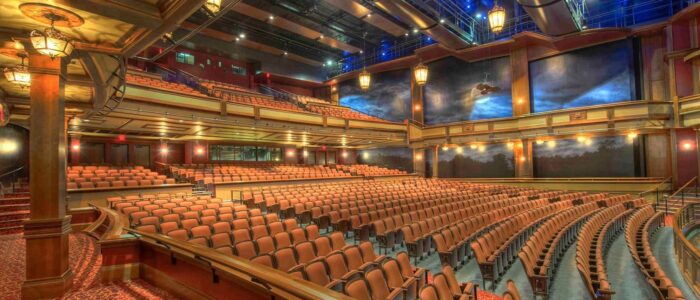
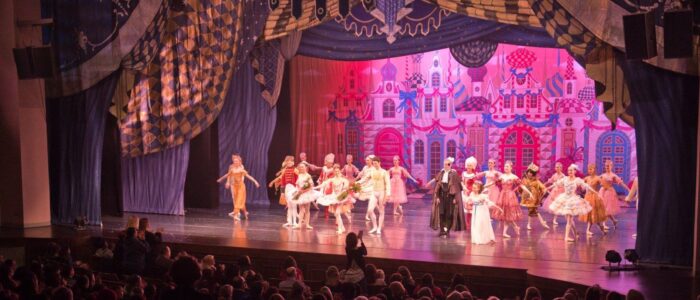
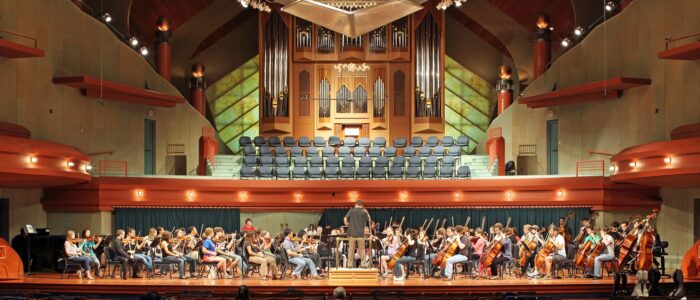
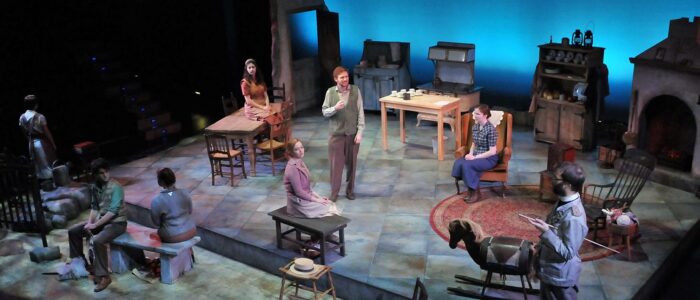
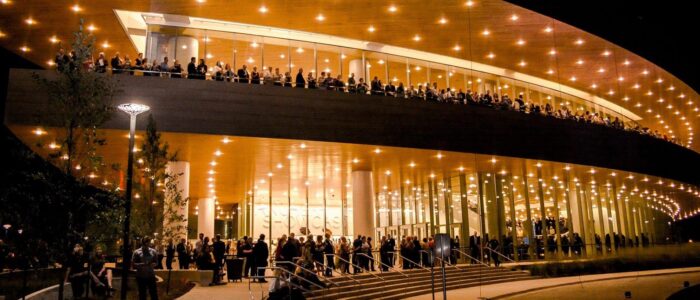
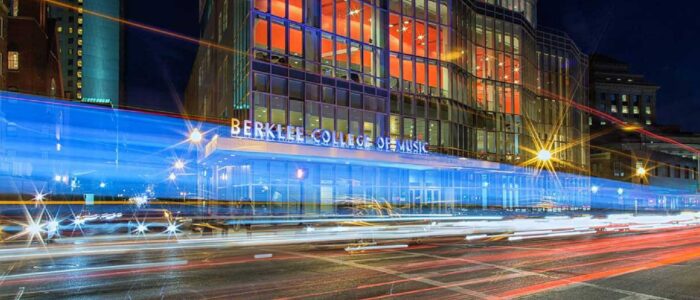
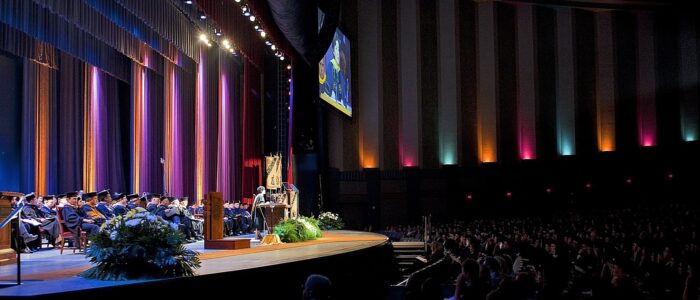
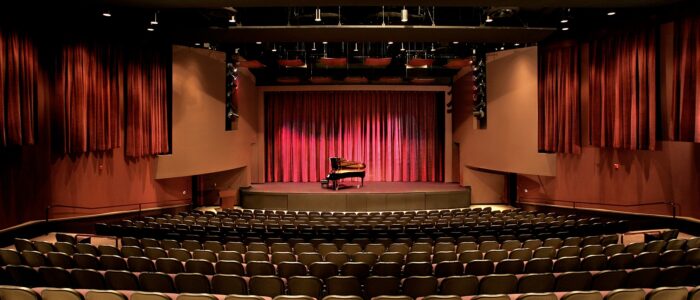
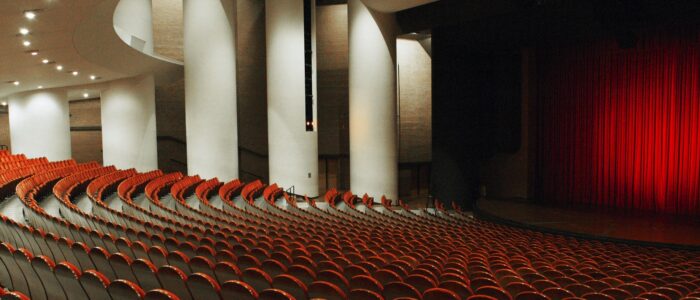
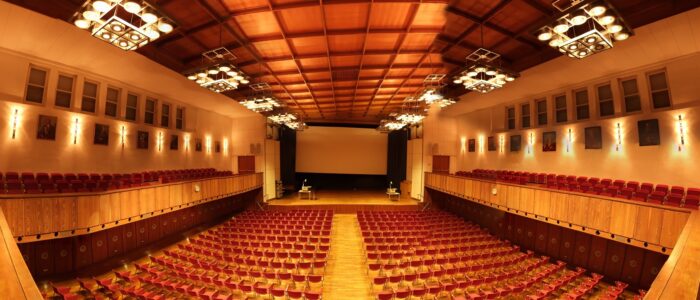
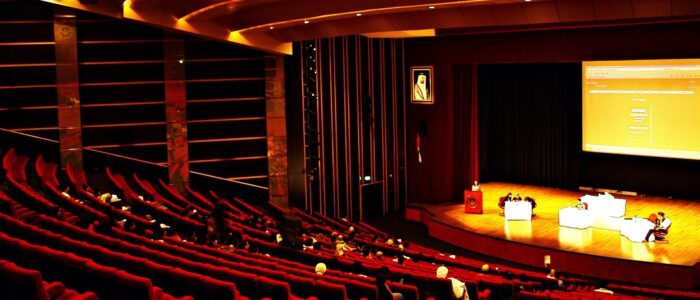
The Entertainment Services and Technology Association is one of the first names in trade associations that support the ‘business of show business’ through networking, safe practices, education, and representation. We follow the standards making activity of its technical committees and monitor public commenting opportunities. ESTA releases markups of its consensus products for public comment at a fairly brisk pace on its standards development landing page:
Consultation on several titles run through June 3rd.
You may obtain an electronic copy at the link above, along with a comment form. Send your comments to Karl Ruling, (212) 244-1505, standards@esta.org with an optional copy to psa@ansi.org). We encourage our colleagues in school districts and in colleges and universities large and small; with responsibilities for the safety and sustainability of cultural resource properties, media centers, performance venues to participate in the ESTA technical standards development program.
We keep the ESTA suite on the standing agenda of our Lively Arts colloquia; open to everyone. See our CALENDAR for the next online meeting.
Since the electrotechnologies for the lively arts have evolved into complex, interoperable systems we also collaborate with the IEEE Education & Healthcare Facilities Committee on technical specifics. That committee meets online four times per month in European and American time zones.
Issue: [Various]
Category: Electrical, Infotech, Lively Arts,
Colleagues: Mike Anthony, Christine Fischer, Mike Hiler, Nehad El-Sherif
*More >>
State Capitals And College Towns: A Recipe For Success
Baby Boomers Are Retiring to College Towns
The original University of Michigan codes and standards advocacy enterprise interviewed an ESTA affiliate in 2015:
Arenas, Lecture Halls & Theaters
National Fire Protection Association | 2022 Revenue $82M
The standard of care for electrical system safety in dramatic art facilities in the education, and other industries, is largely established in Articles 518 through Article 540 of the National Electrical Code (NEC). In some instances, dramatic art activity takes place in athletic arenas so we are mindful of parent standards for assembly occupancies generally; found in Chapter 3 of the International Building Code.
Free public access to the current 2023edition of the NEC is linked below:
Of particular interest is the “technical power system” found in Article 640: Audio Signal Processing, Amplification, and Reproduction Equipment.
Access to the International Building Code on “related” occupancies is linked below (Chapter 3 Occupancy Classification and Use):
2021 International Building Code
Note the imperfect correlation between the NFPA and ICC occupancy definitions. This never happens by design but is sometimes necessary. Some risk aggregations have to be understood as terms of art; to be understood by seasoned experts in context. Also, keep in mind that the NEC is a wiring installation safety code.
Proposals for revisions to assembly-related installations in the for 2023 is linked below:
NFPA 70 Public Input Report for 2023 Assembly Occupancies
Second Draft Report for all articles assigned to CMP-15
The so called “song and dance” sections of the NEC have been fairly “stable” in recent cycles. Changes to these articles in the NEC 2020 revision are incremental — i.e clarifications on grounding, wiring methods, cord wiring, illumination — and helpful for designers and inspectors. Nothing budget busting. Convergence of fire safety, mass notification, environmental air and visual experiences continues as once-independent technologies continue integration.
2026 National Electrical Code Workspace
We collaborate with the IEEE Education & Healthcare Facilities Committee which meets 4 times monthly in Europe and the Americas. See our CALENDAR for the next online teleconferences; open to everyone.
![]()
Issue: [Various]
Category: Sport, Electrical, Telecommunications, Fire Protection, Arts & Entertainment Facilities, Lively Art
Colleagues: Mike Anthony, Matt Dozier, Jim Harvey
LEARN MORE:
Entertainment Occupancies
2024 GROUP A PROPOSED CHANGES TO THE I-CODES | Complete Monograph 2658 Pages
2024/2025/2026 ICC CODE DEVELOPMENT SCHEDULE
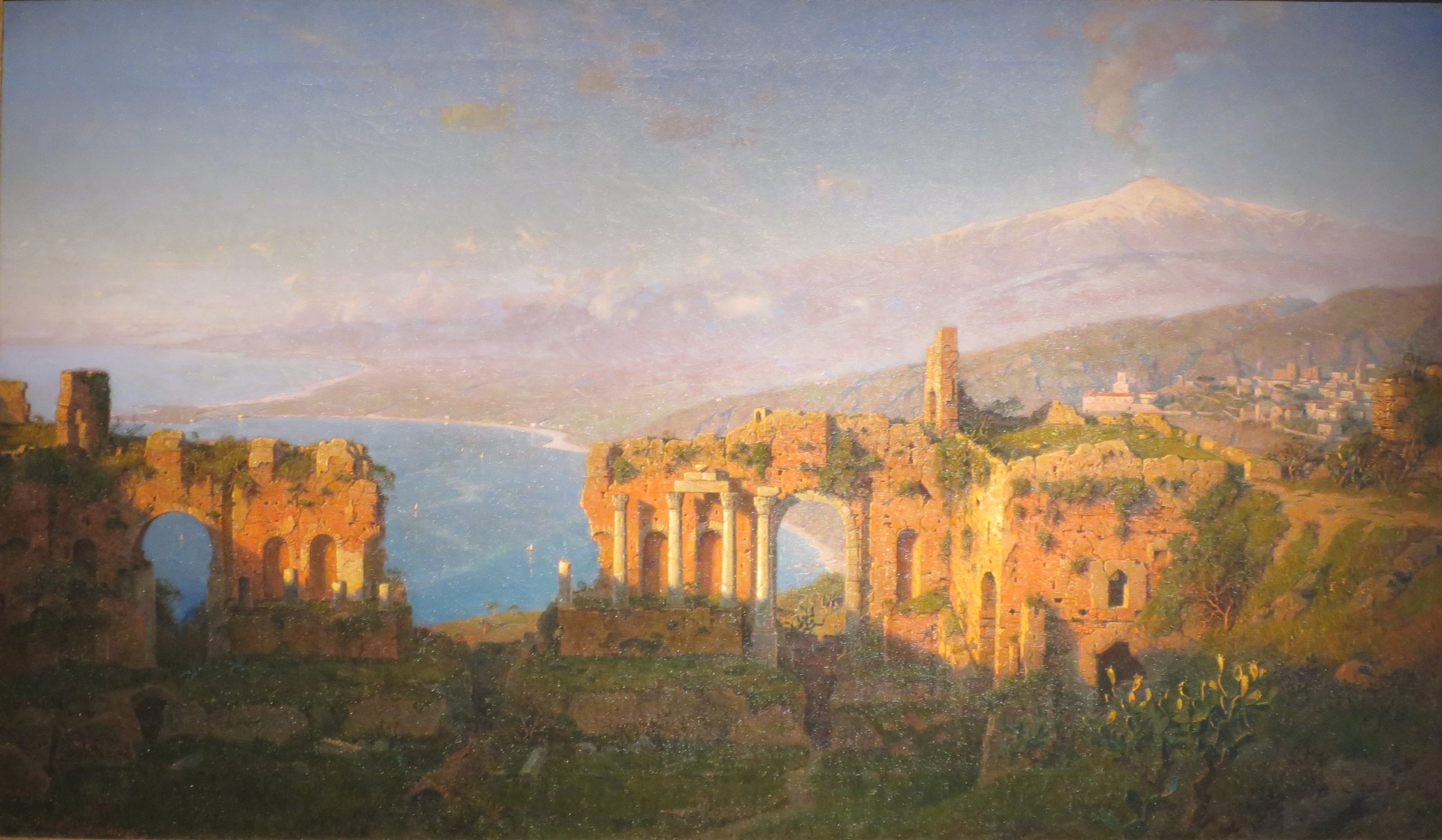
“View from the Ancient Theater in Taormina to Mount Etna” c. 1880 Carl Wuttke
Safety and sustainability for any facility begins with an understanding of who shall occupy it. University settings, with mixed-use phenomenon arising spontaneously and temporarily, present challenges and no less so in square-footage identified as performing arts facilities. Education communities present the largest installed base of mixed use and performing arts facilities. A distinction is made between supervised occupants that are in secondary schools (generally under age 18) and unsupervised occupants that are in university facilities (generally above age 18).
First principles regarding occupancy classifications for performing arts facilities appear in Section 303 of the International Building Code Assembly Group A-1. The public edition of the 2021 IBC is linked below:
2021 IBC Chapter 3: Occupancy Classification and Use
Each of the International Code Council code development groups A, B and C; fetch back to these classifications. You can sample the safety concepts in play with an examination of the document linked below:
2019 GROUP B PROPOSED CHANGES TO THE GROUP B I-CODES
2019 GROUP B PUBLIC COMMENT AGENDA
Each of the foregoing documents are lengthy so we recommend using search terms such as “school”, “college”, ‘”university”, “auditorium”, “theater”, “children”, “student” to hasten your cut through it.
We find continuation of lowering of the lighting power densities as noteworthy. Technical committees assembled and managed by the International Code Council, the American Society of Heating & Refrigeration Engineers and the Illumination Engineering Society are leaders in developing consensus products that drive the LED illumination transformation.
The revision schedule for the next tranche of ICC titles that are built upon the foundation of the IBC is linked below:
2024/2025/2026 ICC CODE DEVELOPMENT SCHEDULE
We encourage experts in education communities — facility managers, research and teaching staff, architectural and engineering students — to participate directly in the ICC Code Development process at the link below:
https://www.iccsafe.org/cdpaccess/

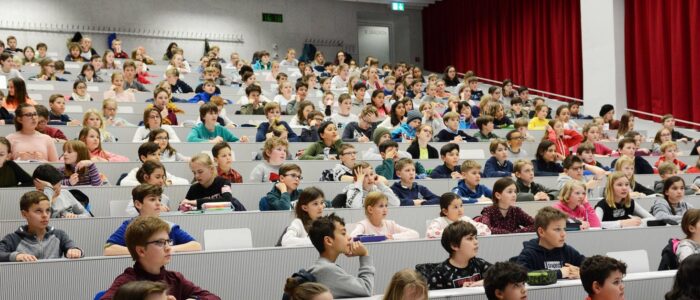
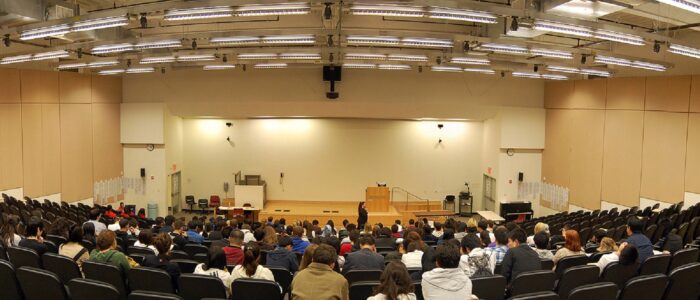



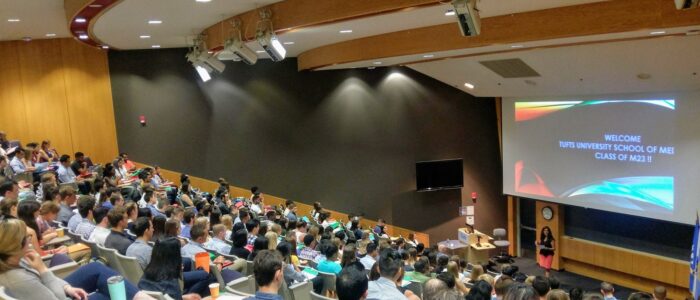
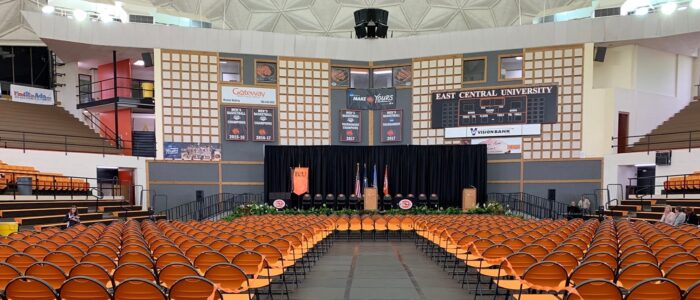
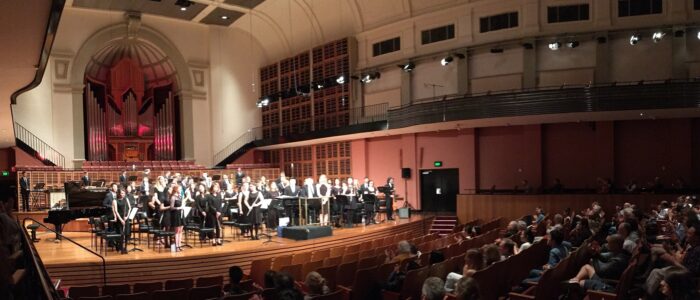
We reserve a place on the agenda of our standing Lively 200 colloquia on this topic. See our CALENDAR for the next online meeting; open to everyone.
Issue: [18-166]
Category: Architectural, Healthcare Facilities, Facility Asset Management
Colleagues: Mike Anthony, Jim Harvey, Richard Robben
New update alert! The 2022 update to the Trademark Assignment Dataset is now available online. Find 1.29 million trademark assignments, involving 2.28 million unique trademark properties issued by the USPTO between March 1952 and January 2023: https://t.co/njrDAbSpwB pic.twitter.com/GkAXrHoQ9T
— USPTO (@uspto) July 13, 2023
Standards Michigan Group, LLC
2723 South State Street | Suite 150
Ann Arbor, MI 48104 USA
888-746-3670


